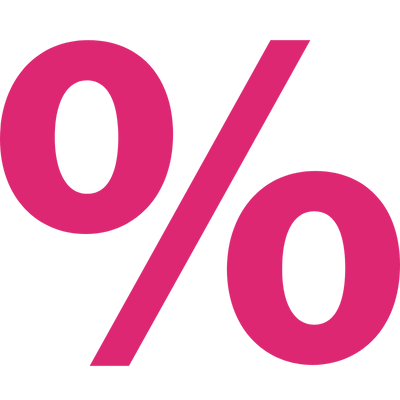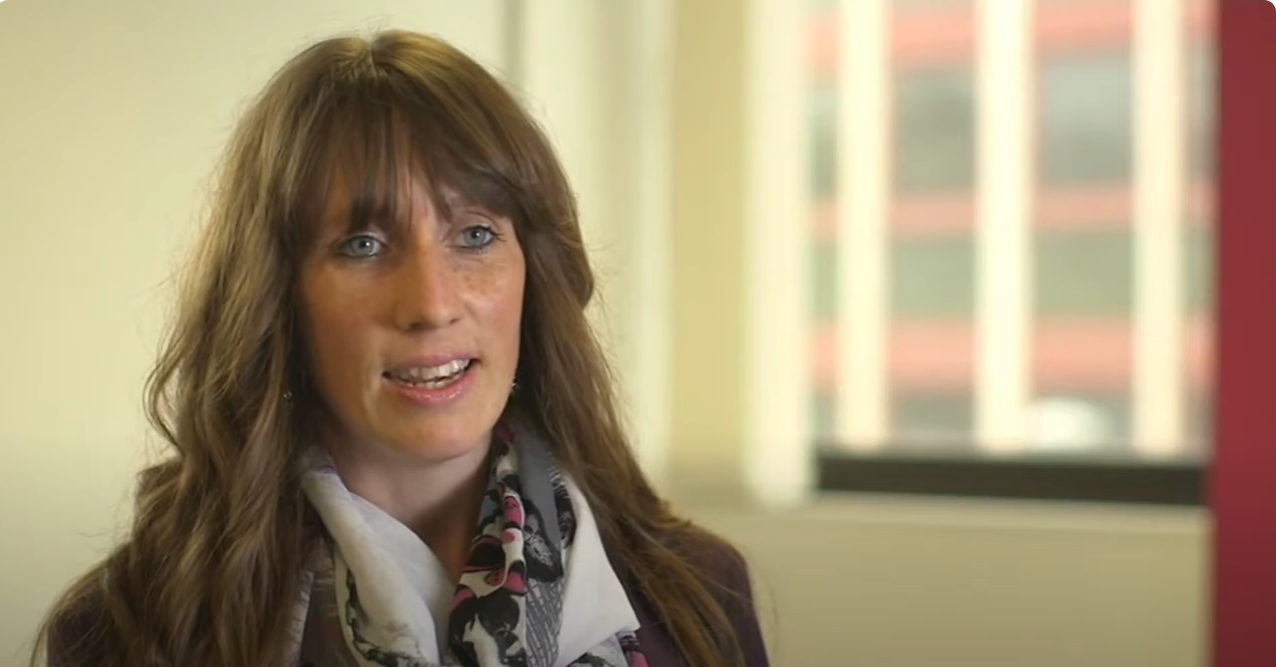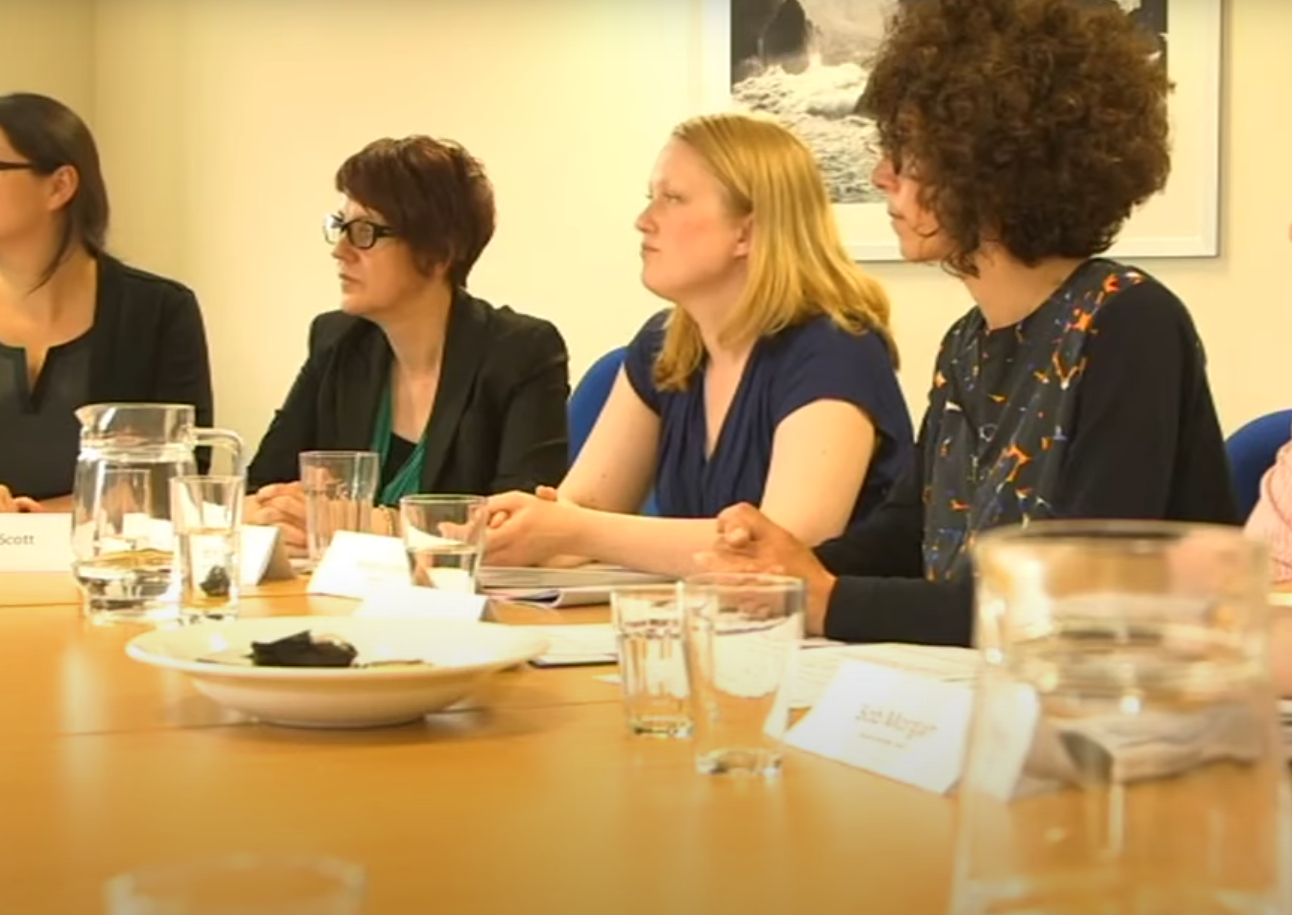What does a Marac do?
All cases that come to Marac are high risk. This means co-ordinated action planning is vital to reducing the risk to victims and improving the safety of other family members, especially children. Every case is different and the agency representatives will discuss each case and allocate appropriate actions. These might include:
- all agencies: identifying high risk victims so they can provide an enhanced and responsive service in the event of an incident
- police: placing the victim’s home on ‘cocoon watch’, taking further action against the perpetrator, target hardening, providing panic alarms
- health: heightened awareness around injuries sustained, ensuring the victim is separated from the perpetrator so that they can be attended to by health professionals alone
- idva: where safe, letting the victim know the Marac action, providing ongoing support, attending appointments with victims, supporting victims with finding new housing and education, ongoing co-ordination and communication between all agencies, continued risk assessment, feeding back to Marac about repeat victimisation, helping victims seek legal assistance
- children and young people’s services: carrying out an initial assessment of children involved, giving additional support to the family, making referrals to child and adolescent mental health services
- housing: helping find alternative accommodation, supporting applications for housing benefit and homelessness, implementing safety devices at the home property
- education: sharing information with appropriate staff to support children effectively, monitoring school performance and behavioural issues
- probation: using information from Marac for pre-sentence report writing
- adult services: making referrals to vulnerable adults team or voluntary sector support
- refuge: providing refuge accommodation and ongoing support to the victim
- drug and alcohol team: fast-tracking access to specialist services and support
Each agency is responsible for the relevant actions so transparency and accountability are crucial.
Sharing information
If a victim is at high risk of being seriously harmed or killed, all agencies should consider whether it is proportionate and defensible to share information better protect the victim. The Idva will often be in a position to assess what actions might contribute to safety based on their relationship with the victim. By sharing information, a safety plan can be developed. The actions arising from this should provide a greater level of support and protection for the victim.
Some victims whose cases are referred to Marac can be concerned at first about the involvement of the police or social services. However, where the process is well managed, most victims that engage with an Idva come to trust both the Idva and the Marac process. The Marac process itself can be a transformative experience for victims, enabling many families to be liberated from prolonged and severe domestic abuse that has been ongoing for many years.
Safeguarding children and young people
A Marac’s focus is to implement a safety plan for the adult victim of abuse. However, children who are involved in the same case will be mentioned at Marac. This ensures that the relevant agencies are informed about the children’s situation. For example, children’s and young people’s services might carry out a separate assessment of a child involved in a Marac case to determine whether or not the child requires additional support or safeguarding measures. Many vulnerable, previously ‘hidden’, children who are living with domestic abuse are identified through the Marac process.
Similarly, Idvas aren’t typically able to offer a separate, individual service to children affected by domestic abuse. But all Idvas have a duty to work with parents to highlight the risks to children. Idvas also have a duty to inform children and young people’s services if they believe a child is at risk of harm.
Making a referral to Marac
Any frontline agency representative who carries out a risk assessment with a victim and determines their case meets the high risk threshold can refer the case to a local Marac.
It is important that the victim is informed about the Marac. It’s good practice to work in partnership with victims, where possible, to obtain the most up-to-date information directly from them. Where a victim doesn’t want to be referred to Marac, practitioners must assess whether it is proportionate and defensible to share information, depending on the level of risk which the victim is facing.
Costs and funding of Maracs
Individual police forces provide staff to chair local Maracs and the Home Office has provided some funding for Marac coordinator posts. All other agency representatives attend Maracs as part of their normal, day-to-day work. Maracs are not a statutory provision, so there is no formal obligation for Maracs to exist in every area.
We estimate that the average high risk domestic abuse case costs almost £20,000 in public money, based on an assumed average number of police call outs, A&E attendances and GP support. This results in estimated direct costs of around £2.4billion per year to the tax payer, and still more to employers.
By proactively engaging with identified high risk victims and establishing safety plans as quickly as possible, Maracs substantially reduce the cost associate with severe domestic abuse. For every £1 spent on Maracs, it is estimated that £6 of public money can be saved on direct costs to agencies.

 Up to 60% of domestic abuse victims report no further violence following Marac and Idva intervention, according to early analysis
Up to 60% of domestic abuse victims report no further violence following Marac and Idva intervention, according to early analysis


